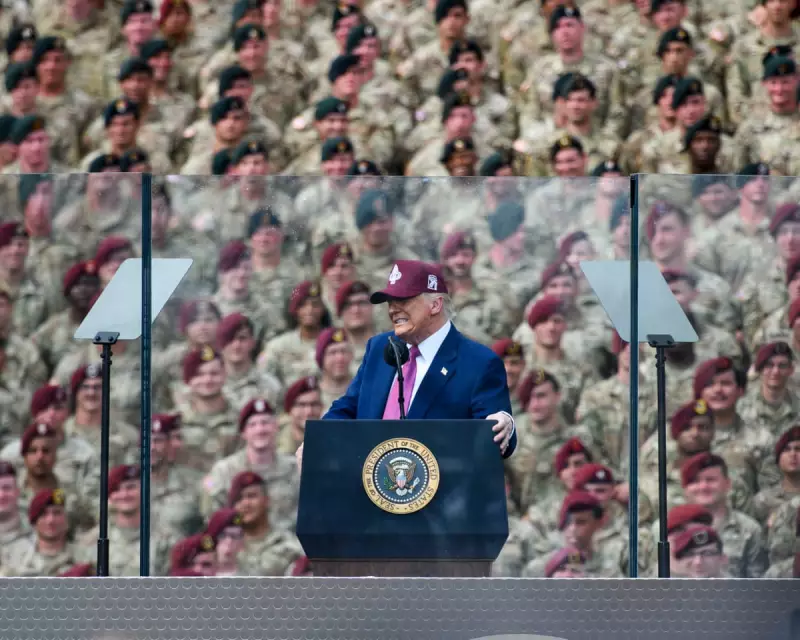
In a landmark decision that signals a dramatic shift in American foreign policy, the United States has authorised the deployment of combat troops to Israeli territory for defensive operations. The move represents Washington's most direct military involvement in the region to date and comes amid escalating regional tensions.
Unprecedented Military Commitment
The deployment, confirmed by senior administration officials, will see US forces operating in a defensive capacity alongside Israeli counterparts. While exact numbers remain classified, the contingent is understood to be substantial enough to provide meaningful operational support.
This represents a significant departure from traditional US policy, which has historically focused on military aid and intelligence sharing rather than direct troop deployment. The decision underscores the administration's assessment of the grave threats facing the region.
Strategic Rationale Behind the Move
Military analysts suggest several factors likely influenced this decisive action:
- Heightened security threats from multiple regional actors
- Concerns over Israel's capacity to manage simultaneous fronts
- The strategic imperative to prevent further regional destabilisation
- Growing international concern about escalation patterns
Regional and Global Implications
The deployment is expected to have far-reaching consequences across the Middle East and beyond. Neighbouring nations and global powers are closely monitoring the situation, with many expressing concern about potential escalation.
European allies have been briefed on the decision, though reactions have been mixed. Some view it as a necessary stabilising measure, while others fear it could exacerbate existing tensions.
Operational Parameters and Limitations
According to defence officials, US forces will operate under strict rules of engagement focused exclusively on defensive operations. The mission parameters explicitly exclude offensive actions, though the line between defensive and offensive postures remains strategically complex.
The deployment includes:
- Air defence units to bolster existing systems
- Intelligence and surveillance assets
- Military advisors with regional expertise
- Logistical support personnel
Political Reactions and Future Scenarios
Domestically, the decision has sparked intense debate. Supporters argue it demonstrates America's unwavering commitment to Israeli security, while critics warn of mission creep and entanglement in prolonged conflict.
The administration maintains this is a temporary, conditions-based deployment, though no specific timeline for withdrawal has been established. The situation remains fluid, with the potential for rapid evolution based on regional developments.





